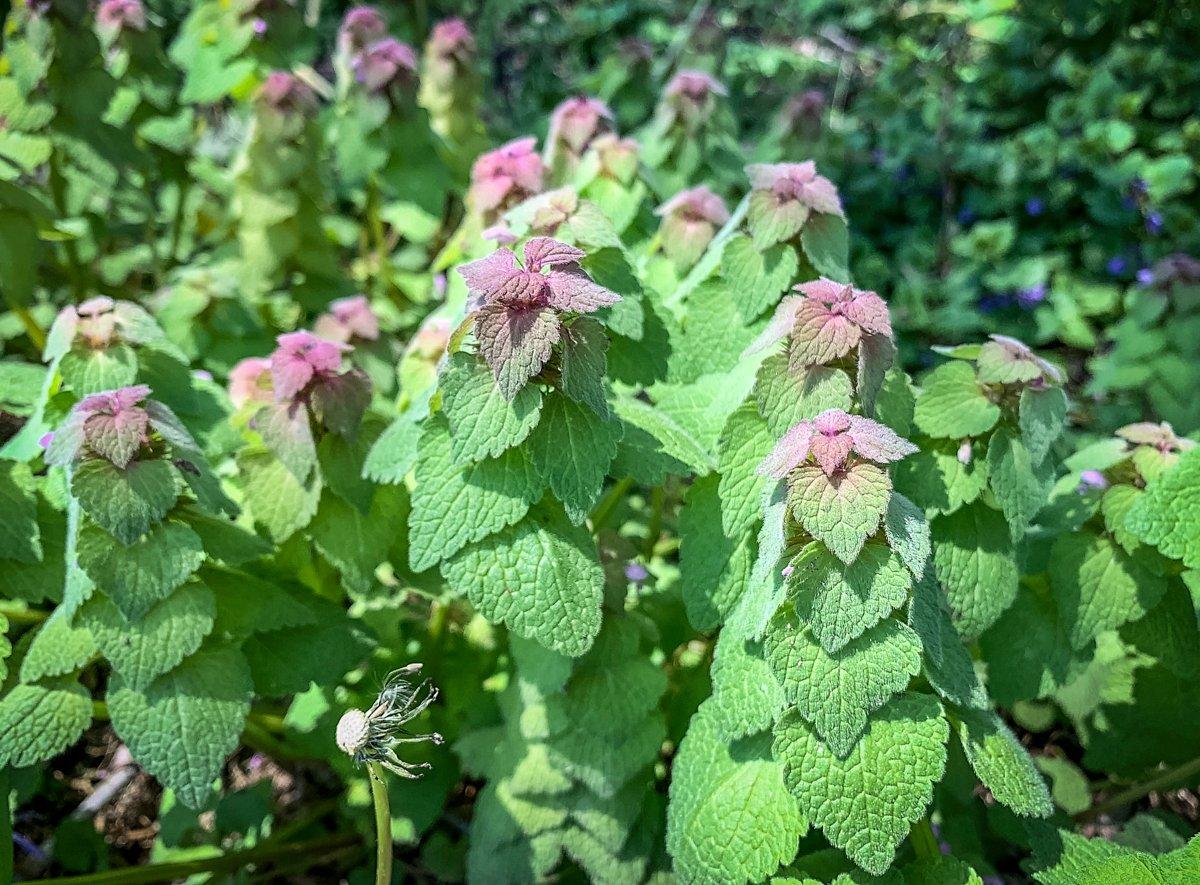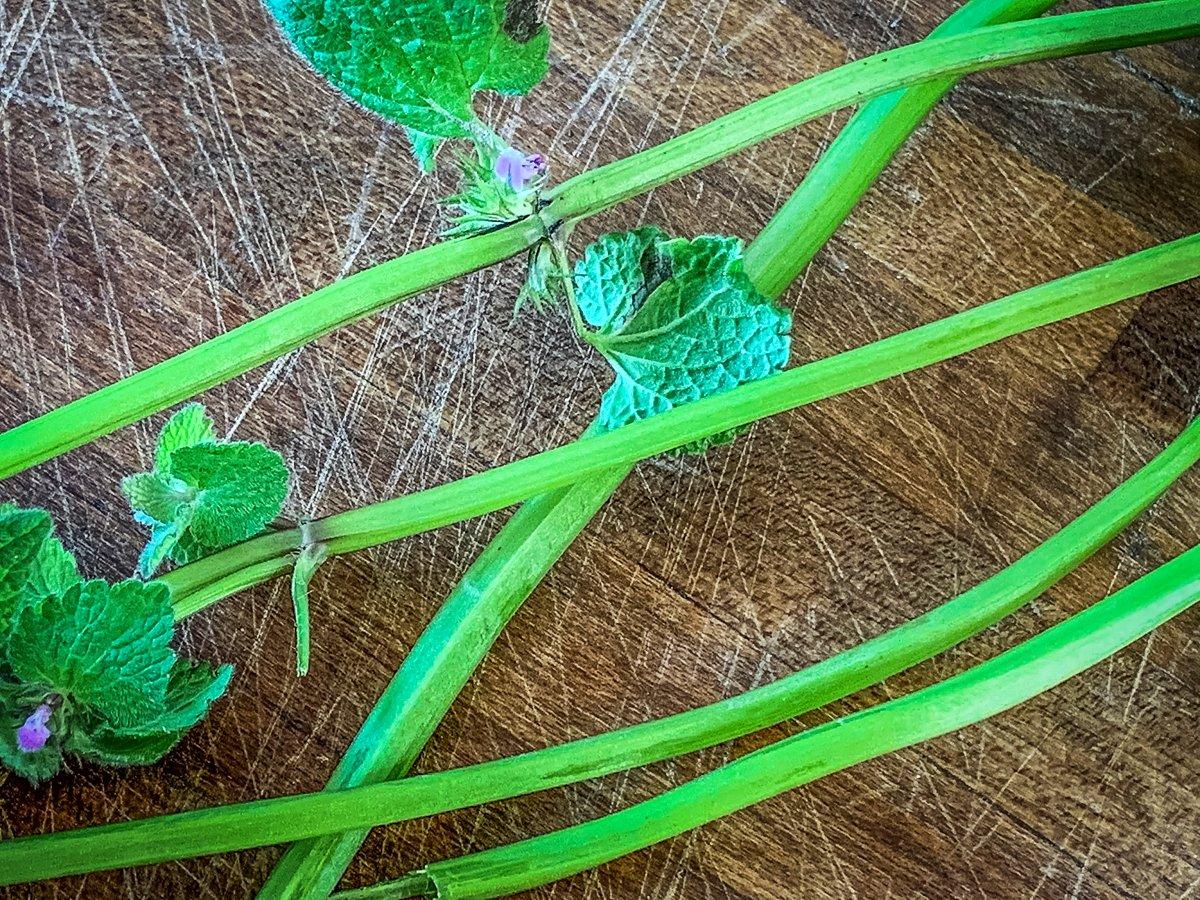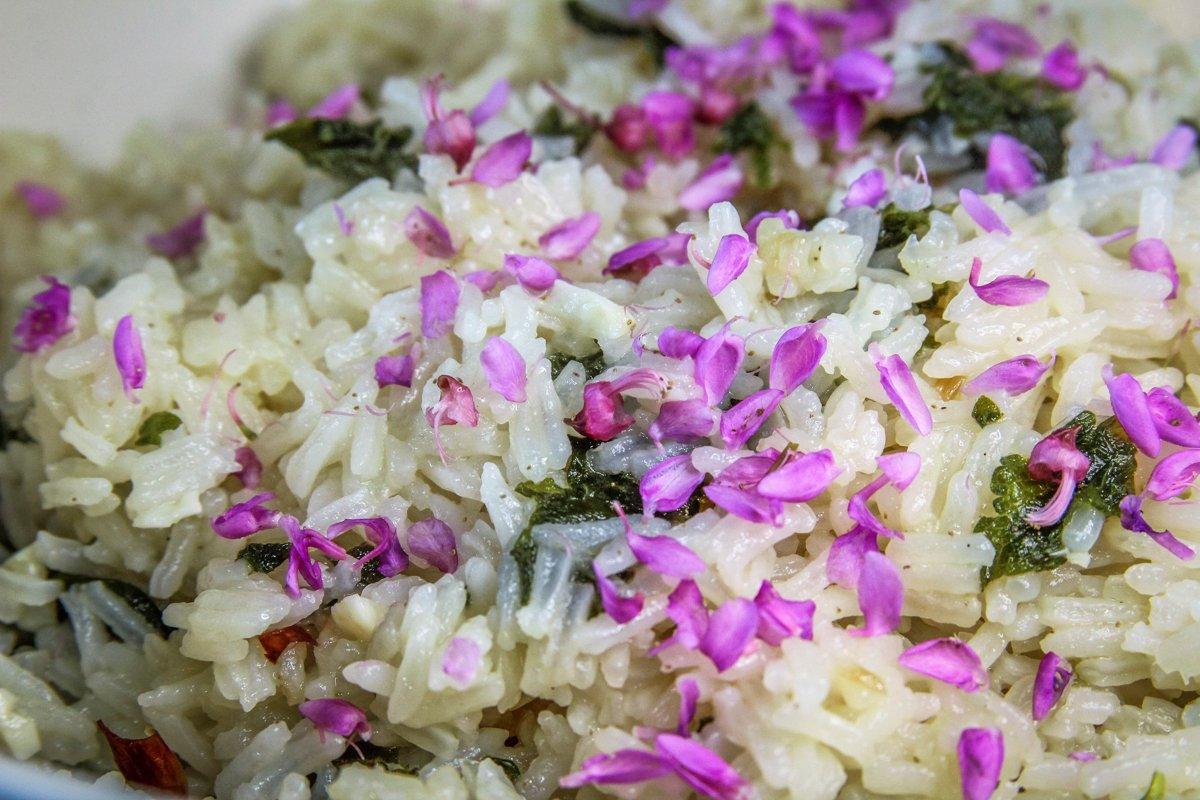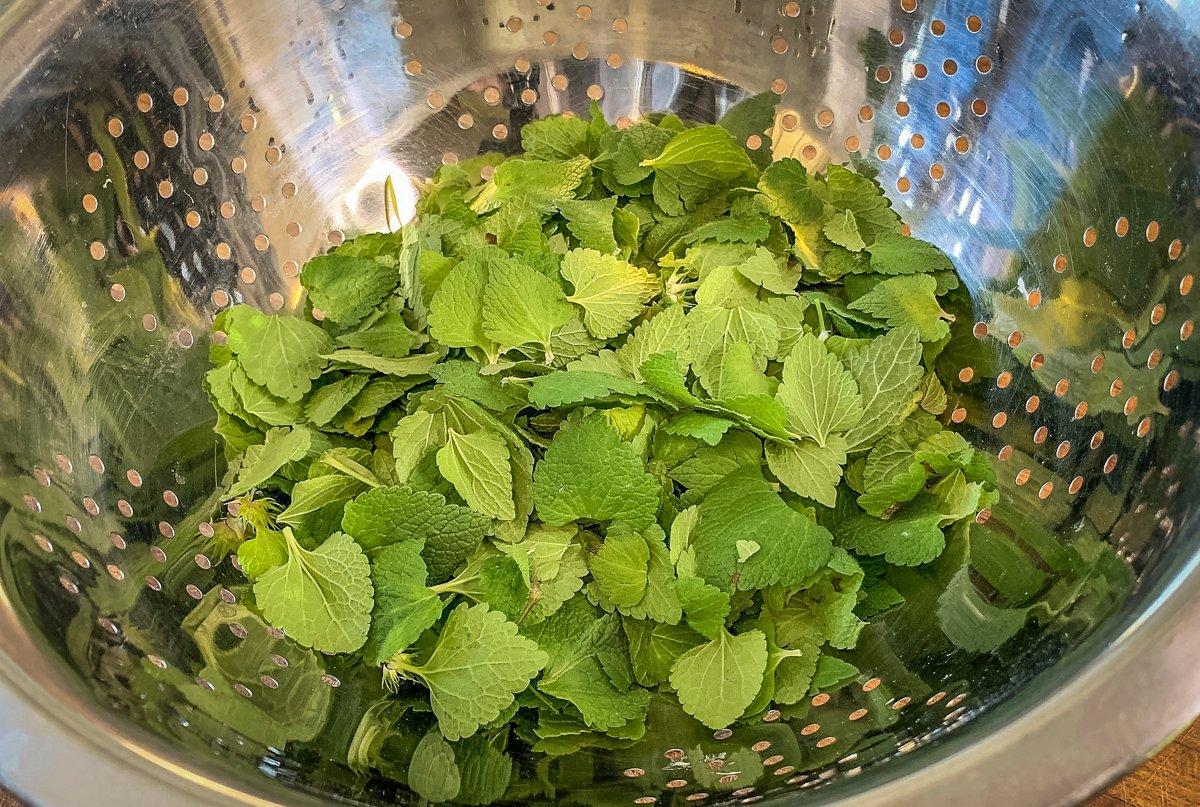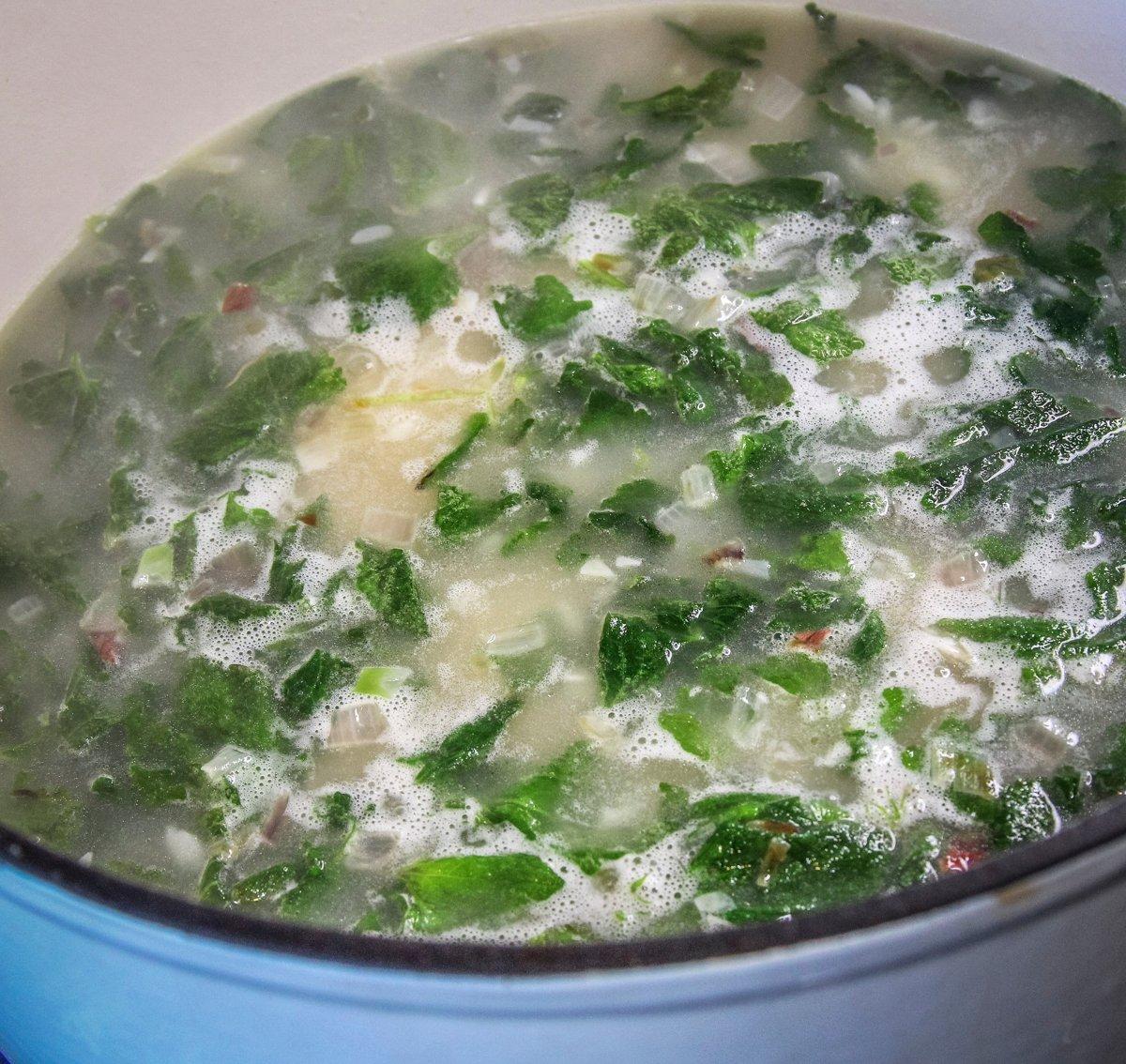Many consider this springtime plant to be a weed, but it actually makes a delicious addition to a meal
Purple Dead Nettle Pilaf
15 Min
Prep Time
30 Min
Cook Time
5-7
Servings
Easy
Difficulty
Purple dead nettle (Lamium purpureum) is one of those plants that you may have overlooked or cut down on your own property without realizing it's not only edible, but quite flavorful. Like wild asparagus, it isn't native to the U.S, but it has spread to cover most of the country. Originating in parts of Europe and Asia, the purple dead nettle is part of the mint family and tends to spread quickly, making it decidedly unpopular with gardeners and those who enjoy pristine turf yards.
But I like it. As a wild edible, it's naturally full of Vitamins A and C, and it's a good source of iron. The flavor is rich and earthy, and it can be substituted for spinach in most recipes or added to a salad. It can also be dried and used to make tea. Many herbalists claim it has several medicinal properties as well, but I tend to concentrate on the edible aspect of the plant.
It can be found in just about any recently disturbed, moist soil area. Chances are good you have some in your yard or garden right now. If you don't, look for it around farm fields, old homesteads, garden areas, creek banks and the like.
Here is where I like to insert the same disclaimer I use with all foraged foods: Find an experienced forager in your area to show you what plants and mushrooms are safe to eat. Barring that, get at least two good guidebooks, with color photos, and make sure you have positively identified any wild plant destined for the table. With purple dead nettle, I'll add an additional warning: Since it is considered an invasive weed, make certain that no herbicides have recently been sprayed before harvesting. Since our yard and food plots are bee-friendly areas, we are safe there.
Luckily, with purple dead nettle, the closest plant in appearance to it is henbit, which is also safe to eat and quite tasty. Being in the mint family, purple dead nettle displays the classic square stem found in all mints. The fuzzy textured green leaves are oval shaped, usually about an inch wide, and display a jagged edge. The top leaves of the roughly 8- to 10-inch-tall plant are pinkish purple, giving the plant its name.
This recipe combines the picked and rinsed leaves with rice to make a fluffy pilaf. Since purple dead nettle grows in our area about the same time the redbuds are blooming, I like to scatter a few of the edible pink blossoms over the finished dish as a nice garnish.
Ingredients
1 large shallot, diced
2 cloves garlic, minced
2 cups freshly picked and rinsed purple dead nettle leaves
2 tablespoons butter
1 teaspoon kosher salt
1 cup long-grain rice
2 cups chicken broth
Cooking Instructions
Peel and mince both the shallot and the garlic. Set them aside. Give the purple dead nettle leaves a quick rinse under cold water to remove any dirt or insects that might be on them. Pat dry with paper towels or run them through a salad spinner.
Heat the butter in a medium saucepan with a lid. Add the diced shallot to the pan and cook 4 to 6 minutes until softened. Add the garlic and cook an additional minute or two. Pour and stir in the rice, evenly coating the grains with the butter. Add the purple dead nettle and continue to cook until the leaves are wilted, about 3 to 5 minutes. Add the salt.
Add the chicken stock and bring the mixture to a boil, reduce heat to a simmer, cover the pot and simmer the rice for 15 minutes. Remove from heat and fluff with a fork. Garnish with petals from the eastern redbud tree, if desired.


